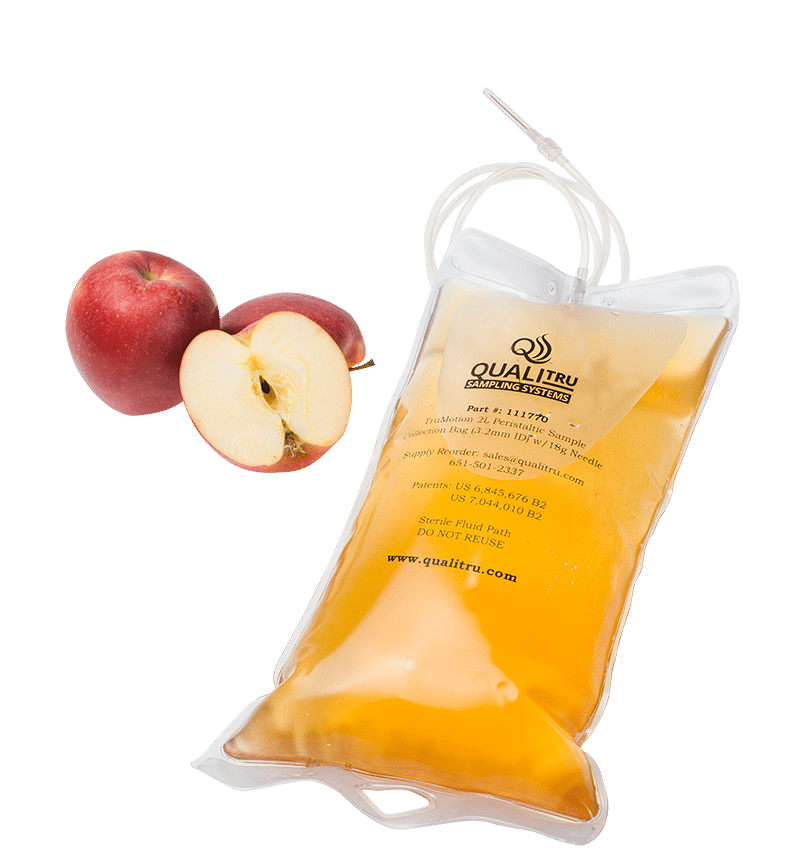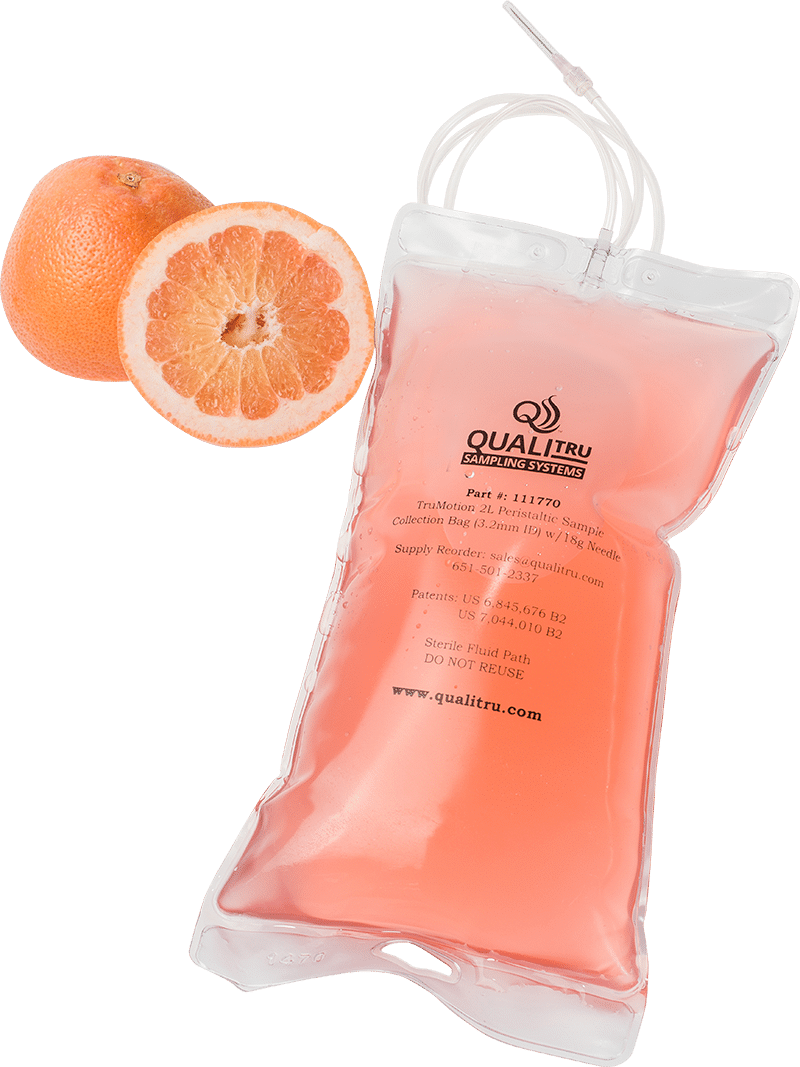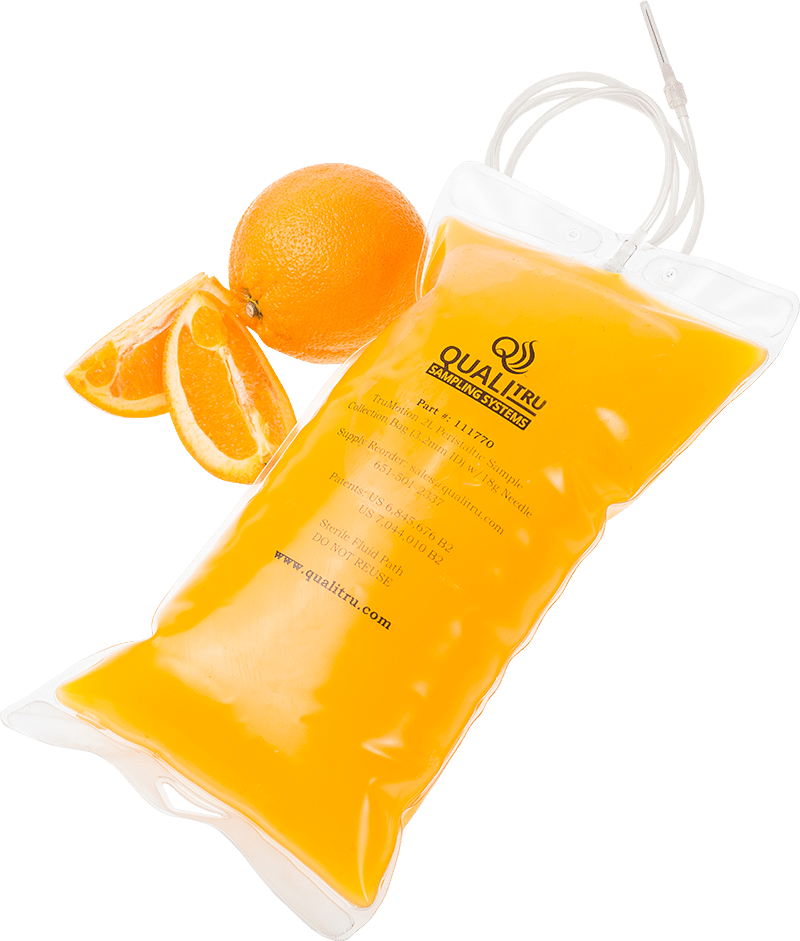Sampling for Fruit Juice Contamination
Ensuring the safety and quality of fruit juices is essential for producers, particularly when it comes to addressing contamination risks. Contaminated juices can pose serious health risks to consumers and damage brand reputation. From microbial threats to physical contaminants, maintaining rigorous sampling and testing standards is crucial for protecting product integrity and consumer trust.
The Importance of Addressing Fruit Juice Contamination
In the juice industry, fruit juice contamination can occur at various stages of production. Microbial contamination is particularly concerning, as pathogens like E. coli, Salmonella, and Cryptosporidium can be introduced through poor sanitation practices, contaminated water, or during processing. Identifying these contaminants early is key to ensuring the safety of juice products before they reach the market.
Pathogens to Watch for in Fruit Juice Production
- E. coli in Juices: A well-known pathogen that can lead to serious illness, especially in young children and the elderly. Contamination typically results from improper handling or unsanitary equipment.
- Salmonella in Juices: Often associated with unpasteurized products, Salmonella contamination can cause widespread outbreaks if not properly controlled.
- Cryptosporidium in Juices: A parasitic pathogen that can be found in contaminated water sources, Cryptosporidium is resilient and can be difficult to eliminate without proper testing and treatment.
Process Monitoring with Aseptic Sampling to Prevent Fruit Juice Contamination
Ensuring food safety and maintaining high quality in juice production require continuous process monitoring. Fruit juice contamination pathogens, as well as molds and yeasts can enter the production line through unsanitary equipment, contaminated water, contaminated compressed air, or poor handling practices. By integrating real-time sampling systems at critical control points (CCPs), juice producers can detect potential microbial contamination early, allowing for proactive interventions.
QualiTru’s aseptic sampling systems are designed to provide reliable, consistent data for effective process monitoring. This ensures that contamination risks are identified before they compromise the product’s safety and quality. By incorporating QualiTru’s technology into a comprehensive Hazard Analysis and Critical Control Points (HACCP) plan, juice producers can meet strict food safety regulations, reduce spoilage, and protect their brand reputation. Pairing regular aseptic sampling with safety practices like pasteurization further enhances the defense against microbial contamination. Aseptic sampling across the production process also helps ensure that post-pasteurization microbial contaminants are not introduced.



A Case Study in Process Monitoring for Juice Quality
A juice producer faced recurring quality issues, including off-flavors and bulging packaging. Initial laboratory tests indicated a yeast contamination, but the exact source remained unidentified. To resolve the issue, a comprehensive process monitoring program was implemented. Sampling and testing were conducted at multiple stages: immediately after pasteurization, in each storage tank, and at the filling stations. Through these efforts, it was discovered that condensation in the compressed air system was the source of the post-pasteurization contamination. By identifying and addressing this issue through thorough monitoring, the producer was able to restore product quality and prevent further defects.
~Darrell Bigalke, Founder of QualiTru Sampling Systems
Pasteurization as a Key Defense
For many juice producers, pasteurization is a primary method of controlling microbial contamination. This process involves heating juice to a specific temperature to destroy harmful bacteria, yeasts, and molds. However, pasteurization must be paired with regular aseptic sampling to ensure consistent effectiveness, as certain pathogens and spoilage organisms can survive if not properly monitored.
Maintaining HACCP and Quality Control with Beverage Testing Equipment
Incorporating beverage testing equipment, such as QualiTru’s aseptic sampling systems, into a comprehensive HACCP plan ensures that all CCPs in juice production are effectively monitored. From water quality to finished product testing, these systems support continuous quality control, preventing contamination and protecting consumer health.
Protecting Your Juice Products from Contamination
By implementing QualiTru’s sampling systems and rigorous testing protocols, beverage and juice producers can safeguard against fruit juice contamination and maintain the highest standards of product quality. With real-time data and reliable equipment, QualiTru helps producers proactively manage risks and prevent costly recalls due to contaminated juices.
Take control of your juice production safety. Contact us today to learn more about our aseptic sampling systems and how they can help you prevent contaminated juices and ensure product quality.
Have questions about aseptic sampling to prevent juice contamination?
Need a quote? We’ll respond to
your request quickly.
Looking for one of our global distribution partners near you?
References:
Sourri P, Tassou CC, Nychas GE, Panagou EZ. Fruit Juice Spoilage by Alicyclobacillus: Detection and Control Methods-A Comprehensive Review. Foods. 2022 Mar 3;11(5):747. doi: 10.3390/foods11050747. PMID: 35267380; PMCID: PMC8909780. Retrieved from https://www.ncbi.nlm.nih.gov/pmc/articles/PMC8909780/
U.S. Food and Drug Administration. (2004). Guidance for Industry: Juice Hazard Analysis Critical Control Point Hazards and Controls Guidance, First Edition. Retrieved from https://www.fda.gov/regulatory-information/search-fda-guidance-documents/guidance-industry-juice-hazard-analysis-critical-control-point-hazards-and-controls-guidance-first.



